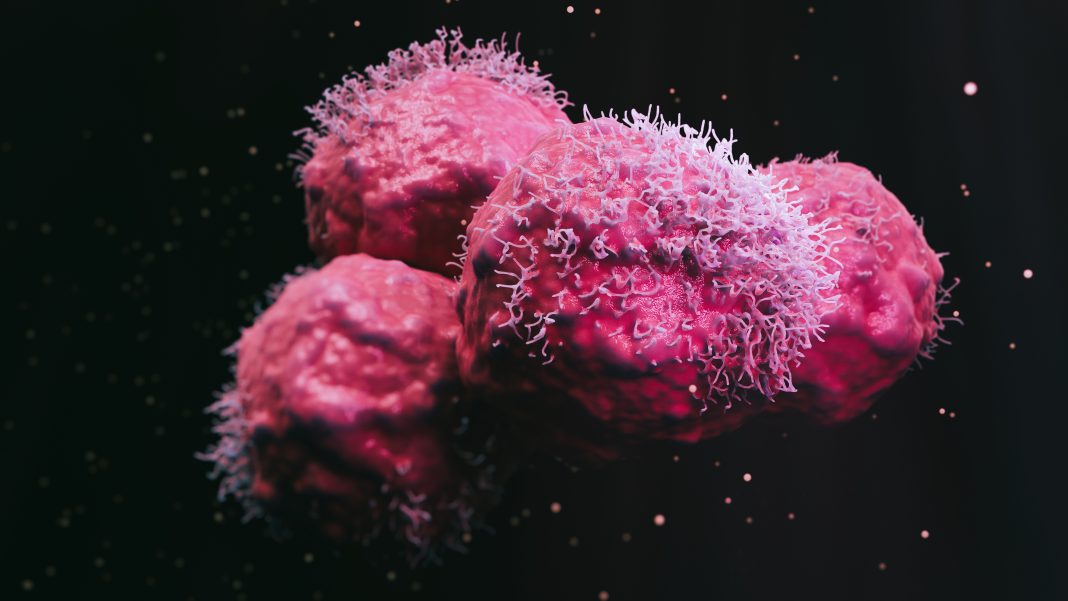The KRAS gene is among the most frequently mutated genes across all cancers, including pancreatic, lung, and colorectal cancers. KRAS is thought to be an initial “driver” mutation that leads to cancer formation, however, the effects of oncogenic RAS signaling on the noncoding transcriptome remain unclear.
In a new study, KRAS mutations in lung cancer were analyzed to determine their effects on RNA “dark matter,” which is generated from 75% of the three billion base pairs in the human genome. The findings suggest that a key mutation, that occurs early on in cancer, alters RNA “dark matter” and causes the release of previously unknown RNA biomarkers for cancer early detection.
This work is published in Cell Reports in the paper, “Mutant KRAS regulates transposable element RNA and innate immunity via KRAB zinc-finger genes.”
“The sooner you detect that someone has cancer, the more likely they will be to survive through treatment and surgery,” said Daniel Kim, PhD, assistant professor of biomolecular engineering at the University of California, Santa Cruz. “Millions of people die from cancer every year around the world, and there is an urgent need to develop highly sensitive and specific diagnostic tests that enable cancer early detection, before it has spread to other parts of the body.”
The team analyzed the transcriptomes of human airway and bronchial epithelial cells transformed with mutant KRAS to define the landscape of KRAS-regulated noncoding RNAs. They found that oncogenic KRAS signaling upregulates noncoding transcripts throughout the genome, many of which arise from transposable elements.
These transposable element RNAs, they say, “exhibit differential expression, are preferentially released in extracellular vesicles, and are regulated by KRAB zinc-finger (KZNF) genes, which are broadly downregulated in mutant KRAS cells and lung adenocarcinomas in vivo.”
In addition, mutant KRAS induces an intrinsic IFN-stimulated gene signature that is often seen across many different cancers.
Kim believes that this strong, robust RNA signature is very promising for diagnosing cancer in its earliest stages. This could be done through liquid biopsy, a minimally invasive approach compared to a traditional tumor tissue biopsy.
In ongoing and future work, the Kim lab aims to further confirm their novel results by analyzing blood samples from lung cancer patients to validate that their newly identified RNA signatures are present in these patients. Additionally, they anticipate that the methods developed in this study could be used as a framework for developing an RNA liquid biopsy platform for multi-cancer early detection. “Now that we know the RNA signatures of this very early event in cancer, this will help us develop new methods for cancer early detection, which will hopefully help save a lot of people’s lives in the future,” Kim said.



